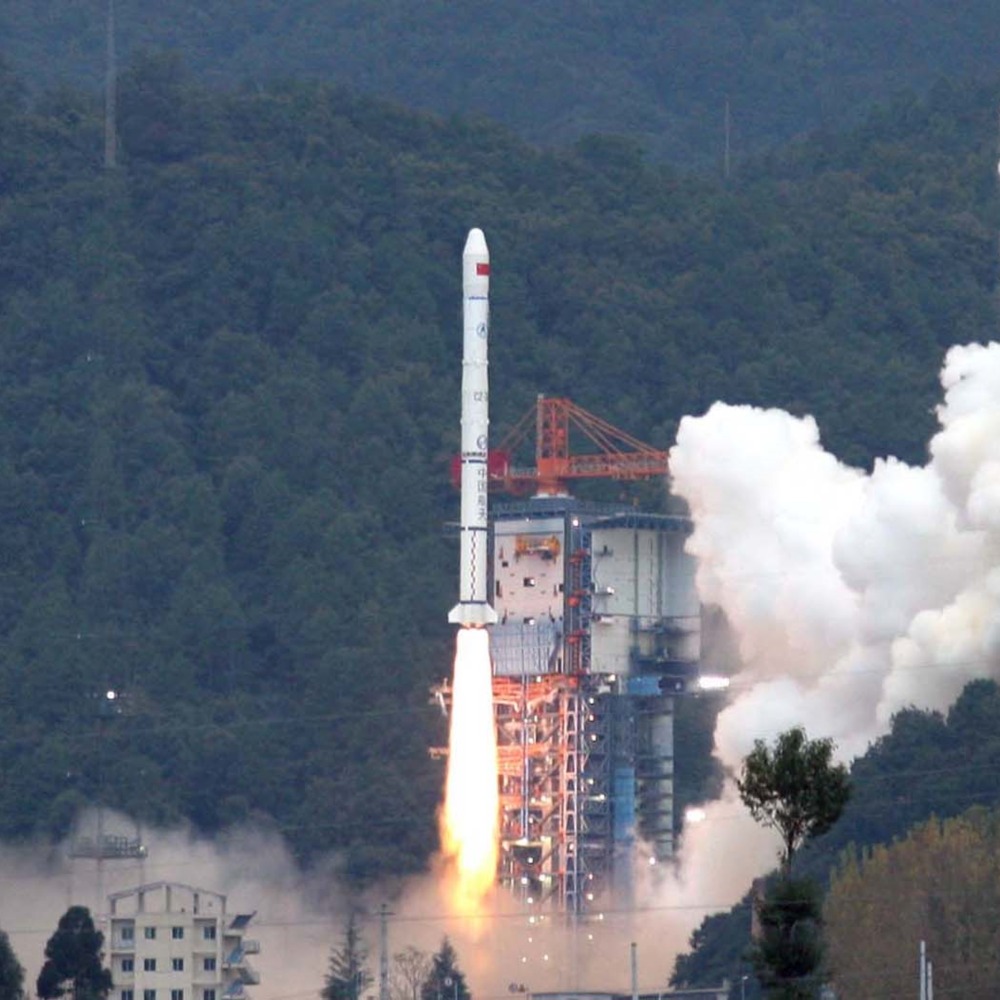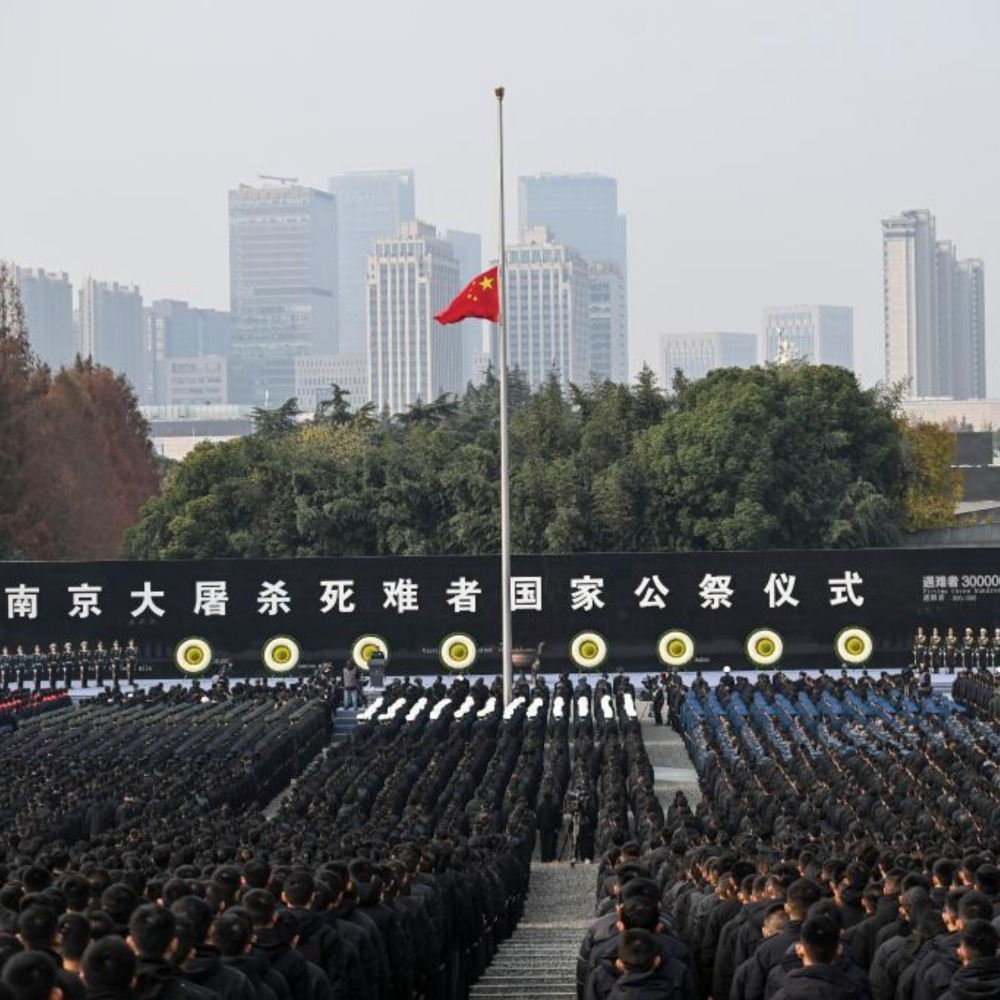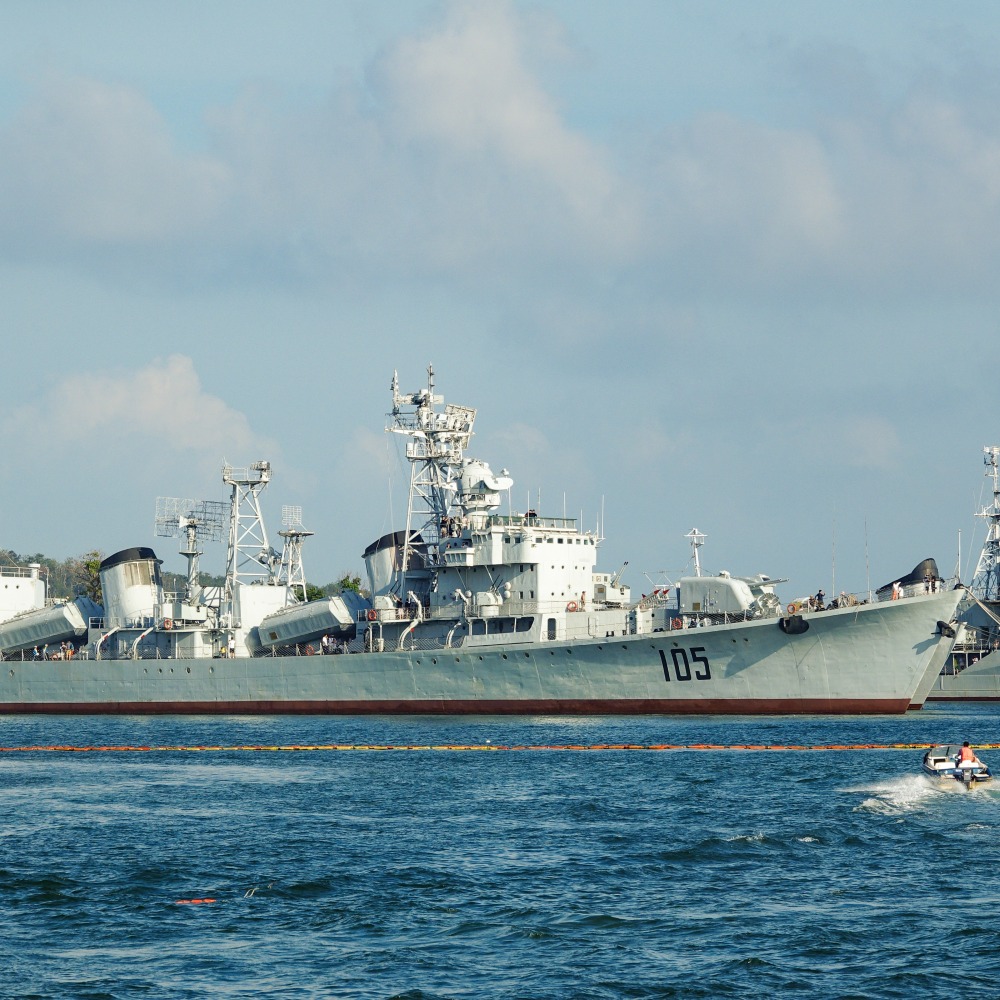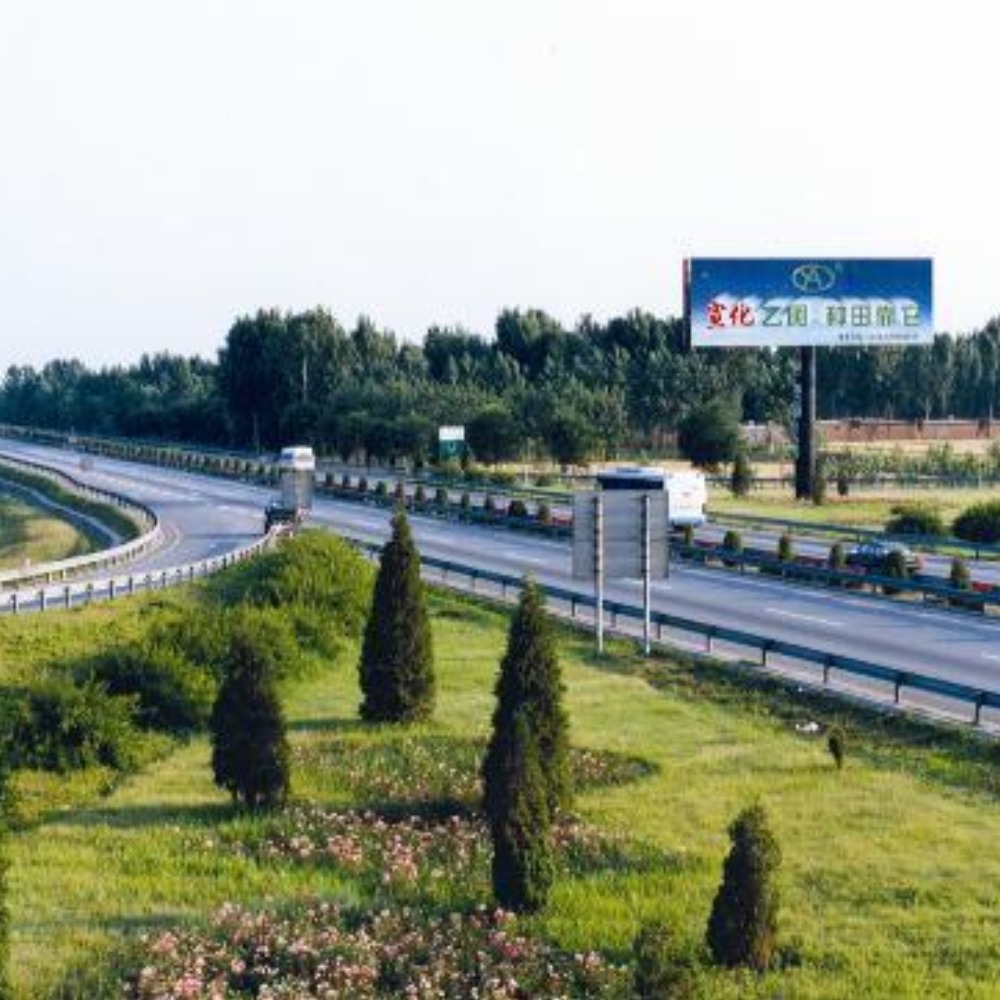Published : 2024-10-24
On October 24, 2007, Chang'e 1 (嫦娥一號), the first lunar probe of China, was launched.
The Chang'e 1 is the first stage of the "small three steps", namely "orbiting", "exploring", and "returning", which are part of the three major steps of China's Lunar Exploration Programme — "exploring", "landing", and "stationing".
Chang'e 1 symbolises China's successful breakthrough and mastering of a large number of core and key technologies with intellectual property rights, making China one of the few countries in the world with deep space exploration capabilities.
A number of "firsts" in China's space history were achieved, including the first development and successful launch of China's first lunar probe, the first lunar flight and scientific exploration, the first formation of the overall design concept and manufacturing process of deep space exploration missions, etc.
During the lunar orbit period, Chang'e 1, with the remote control from the ground, successfully completed a series of scientific experiments primarily focused on photographing the entire lunar surface.
It obtained a series of scientific research results such as full moon images, lunar surface partial chemical element distribution, lunar soil thickness, etc.
These achievements fully realised both the engineering and scientific objectives, laying a solid foundation for subsequent lunar exploration projects and deep-space exploration.
After 494 days of flight, on March 1, 2009, the Chang'e 1, which had reached the end of its lifespan, impacted the moon's Sea of Fertility region under human control, during which important experience in lunar landing process control and orbital determination is accumulated for reducing the risk of subsequent projects.




























